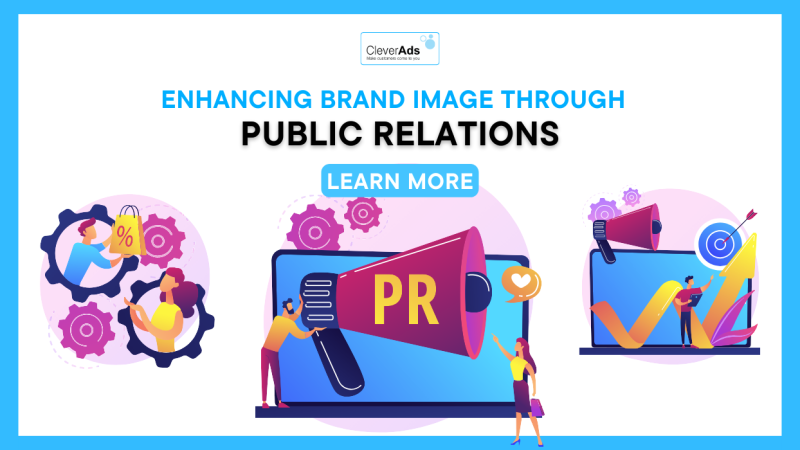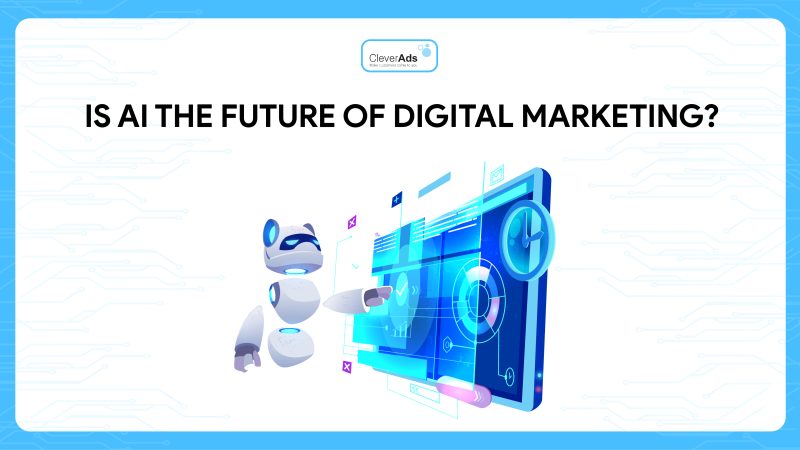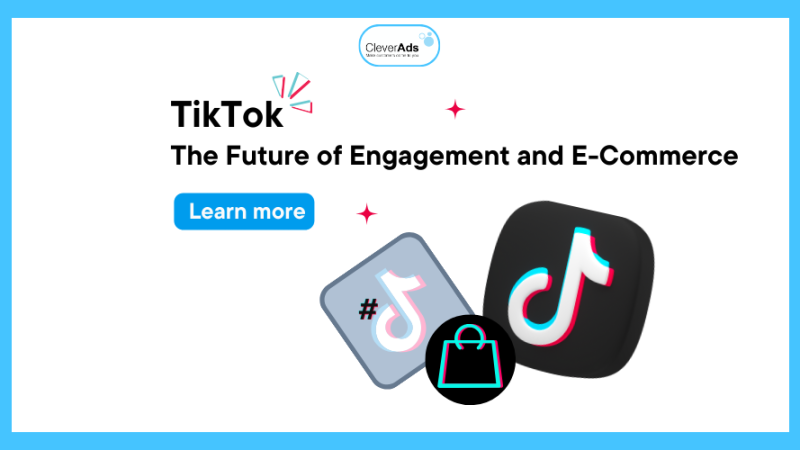Top Game Marketing strategies with a minimum budget
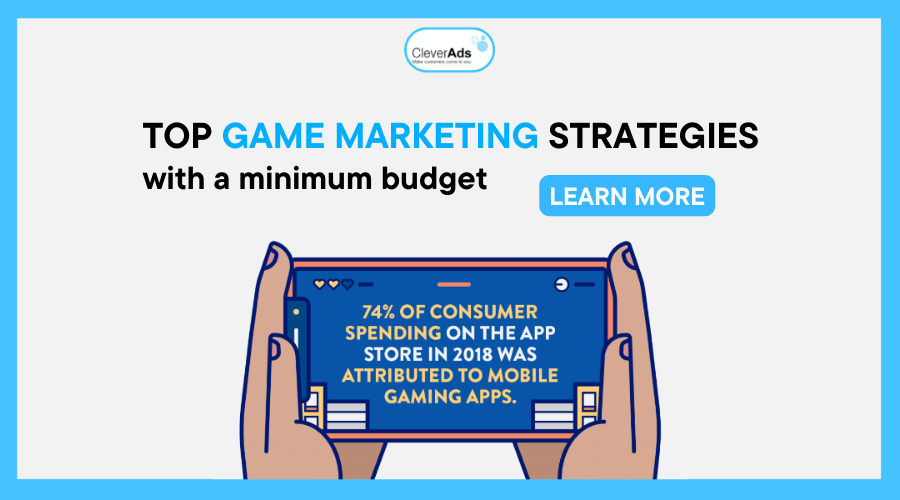
Developing a game takes a lot of time, but what good is such a game if people don’t know anything about it? So you will have to marketing your newly developed game so that more and more people learn about it. Today, there are many platforms for you to do Game Marketing, and they are all you need for a good marketing strategy.
In this article, CleverAds will tell you different Game Marketing strategies that are most effective and economical.
1. What is Game Marketing?
Game Marketing is the planning and strategic planning aimed at bringing the product to the target customer, thereby increasing the profit from the game for the publisher. The purpose of Game Marketing is to increase player installs and spending, although the industry owns growing downloads and spending. However, the competition taking place here is also very fierce.
Around the end of 2021, Netflix enters the gaming market. The brand then reached over 8 million downloads by the end of January 2022. Along with the increasing competition in the game market, the first thing you need is a strategy to find and keep users.
To achieve this objective the Game Marketing strategies must take a holistic approach. It’s co-focused on user conversion and in-app user experience. In addition, you must also make an effort to engage and retain customers. By not focusing too much on UA (User Acquisition), marketers can ensure that the users they’ve spent their time and money on engage for longer.
2. When do businesses need Game Marketing?
An indie developer about to release their first or second game is usually thinking about almost anything: design, programming, art, and sound. The release date is fast approaching but one thing is: The publisher has forgotten in its plans – and now, as the game gets closer and closer to being available to the world, the publisher thinks it’s time to think about Marketing.
Let CleverAds tell you a little secret: Publishers probably made a big mistake.
Marketing is not when you finish the product then start marketing, but marketing must start from the design table.
One of the things CleverAds often reminds game publishers and publishers of is that marketing starts at the design desk. When it comes to thinking about its next game, the game company has to ask itself a few questions about:
- What type of game?
- Is there an audience for that game?
- What other similar games are on the market right now?
- Is this setting common enough among gamers? “
Marketing will help you sell your game by knowing your audience and their tastes, desires, quirks, and behaviours.
And we’re not just talking about age, education or income, but also about other important things:
- What game do they play?
- Do they like the Early Access game or do they prefer to wait until the full release?
- What about free-to-play and full-price?
- The games they like, do they have an extensive paid DLC strategy or do they offer free content regularly?
Once you know who your customers are and how they behave, you can start looking at ways to reach them.
- Does the game need a strong community?
- Does it have a lot of humour?
- Influencers and YouTubers will help you spread the word faster than traditional media (who are usually looking for more serious experiences).
That’s marketing: getting to know your audience and figuring out the best ways to reach and interact with them.
See more:
Total Marketing Services: Optimal solutions for businesses
Total Marketing Solution: All you need to know
From A to Z on overall marketing consulting for businesses
3. 5 Steps to do Game Marketing With Minimum Budget
The trailer, images, and text the game company creates will get people interested in the game. The most powerful is the trailer, followed by screenshots. Everything is intuitive. Next comes the press release, which requires contact with journalists and YouTube users. Finally is the website, where players will find everything they need to know about the game.
Step 1: Create a compelling trailer to attract people
You’ll hear it time and time again: trailers are the best asset for sparking people’s interest in a job. It’s the only type of content that can combine beautiful images, fast-paced animation, catchy music, and strong calls to action. All in one location. It is even more powerful tool in that it conveys all the information you want to share with your viewers in 1 to 2 minutes.

A great trailer follows a few rules:
Short length: The trailer must be less than 2 minutes long. This is a legacy from the film industry, where commercials had to be less than 2 minutes and 30 seconds long to be shown in theatres, with a few exceptions. The ideal length is about 60 to 90 seconds. That’s enough time to show the game, engaging people but not so much that you don’t lose them to your call to action. More on that is below.
Length from 3 to 5 seconds to capture the viewer’s attention: Especially on the Internet, where anyone can jump to the next video. Engage them with a powerful intro! Check out the Hollow Night release trailer for a prime example.
Has great music and sound effects: After doing my research on musical scoring, I can assure you that sound is the best ally for conveying a certain feeling or emotion.
Use scenes from the game: This is a game trailer. People want and expect to see the game. They want to know how the game is played and what they can buy.
Add reviews and quotes from experts: The words of ordinary people will add prestige and authority to the work. That’s why you always see testimonials on landing pages for online products and services. If famous journalists or developers make good comments about the game, include them in the trailer. Avoid reviews from friends or random people on the Internet.
End the intro with a call to action: Tell viewers where to load the game and all they should do after watching. If this is a launch trailer, you want people to know where they can buy the game (Apple and Google store, Steam, etc.) and where they can find the landing page.
Extra tip
If companies want their trailers to be as good as the game. The video should match the tempo and feel of the product. The publisher spent a lot of time creating that game. Tweak the trailer with the same care and concern. Even though it only gets so many views, game companies should still make time for it.
Remember that video is not only for players but also for the press. Game products when released will have to compete with many other products.
Step 2: Take a better screenshot to make people want to learn more
A picture is worth a thousand words especially online, which many people don’t want to read. The community will be more engaged with tweets and Facebook posts that feature beautiful images. Newspapers and bloggers will want compelling, high-resolution screenshots to include in their articles.
Take lots of high-resolution photos. They should always be sharp and clear. Then the cherries choose the most delicious ones. You just need to be in any position from 6 to 8. Think of it as a game portfolio. A portfolio that anyone can check out.
Pay special attention to the image composition. Each picture should tell an interesting story. But not the full story, need to pique the viewer’s curiosity. Game marketing wants to know more, ask questions and leave them unanswered. Composition is a vast topic. If you have a good game artist at work, I recommend giving them this task.
You want your screenshots to be bright and contrasting. Send them to colleagues and friends for feedback before you send your images out into the wild. First, you don’t want to rely on your personal feelings to judge whether a picture is good or not. But most of all, every monitor displays colours differently. What looks good on a tablet may not look good on someone else’s computer.
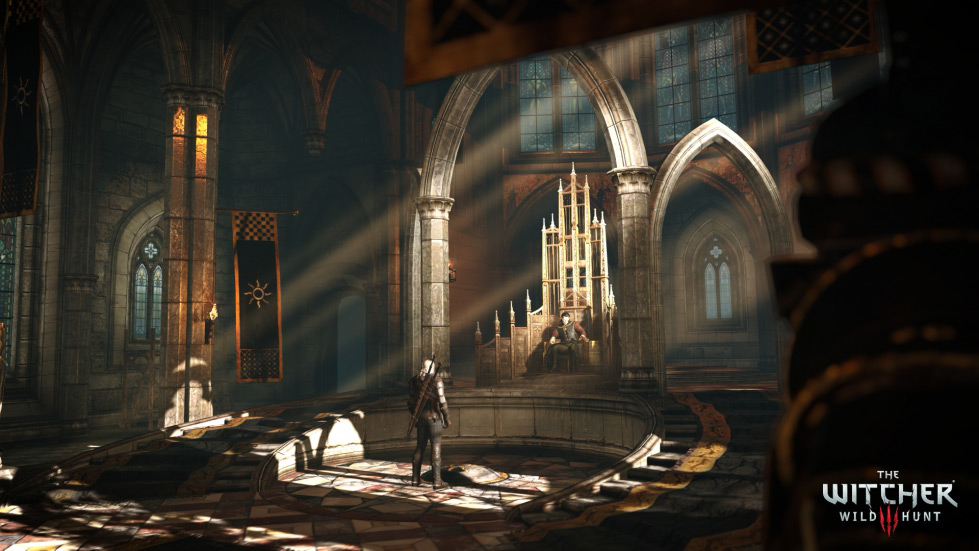
As we’re talking about images, you should also provide high-resolution copies of your company’s logo. And ideally, you want some very large, print-ready screenshots for journalists working for the magazine.
Step 3: Stick to the focus of the press release and attract the attention of the press
Journalists are busy people. They work fast, and the easier it is to do their work, the more likely they are to write about it. When you send out a press release or share a crucial story you have a single photo at least like to see communications that way because it forces you to finalize your plan. If your press kit is too lengthy and you don’t provide everything people need you’re missing out.
Most press releases tend to follow this simple structure:
Title. Just like with any article, you want to start this article. The subject line will tell the content of the article.
Subtitle or subtitle. It will add some additional information to the title. You can skip it if the title already contains the full story content.
Basic information. Mention the city, country where the studio is located and the date on a single line.
Paragraph citation. Most people will only read the first sentence of a PR post, so make it worth it. Use precise adjectives, and simple vocabulary, and try to narrow the story down to a single sentence. Just like an article, try to give the 5 W group an answer: what, where, when, why, who… and how! Yes, there are 6 of them.
Quote. It’s very common for studios to put a founder or game author’s quote to humanize the press release a bit.
Call to action. Provide readers with a link they can access to learn more about the game and find press kits.
Communications. At the bottom, provide readers with ways to contact you. This may include email addresses, physical addresses, and phone numbers.”
Check out Gamasutra for lots of examples of press releases made by all kinds of studios. They are shared automatically from the game press website, another place you want to know about the date you put your press release out there. Indie Game Girl also offers a sample game press release on the blog:
Step 4: Optimize your website to convert visitors into players
Websites are a powerful marketing asset that will convert visitors into players. That’s the only point of it. Most studios will launch a website with a featured pre-order or buy-now button at the top.
Again, here are some best practices that you should follow to maximize your conversions:
Remove navigation. The goal is for people to follow you on social media and hopefully buy the game. Having navigation at the top of the page only takes away clicks from those buttons.
Use an attention-grabbing headline at the top. Most people will just read it, so give them a reason to spend more time with you. The headline should be creative and give them a reason to watch the trailer, and screenshots, and learn more about the game. Try to speak directly to the visitor or target audience in the page header.
Includes social sharing icons. Possibly in the top right of the page, where they can be found if someone wants to follow the work.
Highlight a prominent call-to-action button. Just below the intro, give people the means to pre-order or buy the game if they want to. Also, let visitors know what platforms the game is available on.
Put the trailer at the top. Remember that it is the most powerful piece of content. If it doesn’t spark interest, nothing else likely will.
Includes a handful of nice screenshots. I think you can see the pattern. We can reuse everything we’ve worked on up to that point.
Include a few reviews or testimonials. Same thing with the trailer. If you didn’t have them when setting up your landing page, don’t forget to come back and add them later.
And at the bottom, leave a link to the press kit and contact information. You can freely adjust the layout for a unique experience.
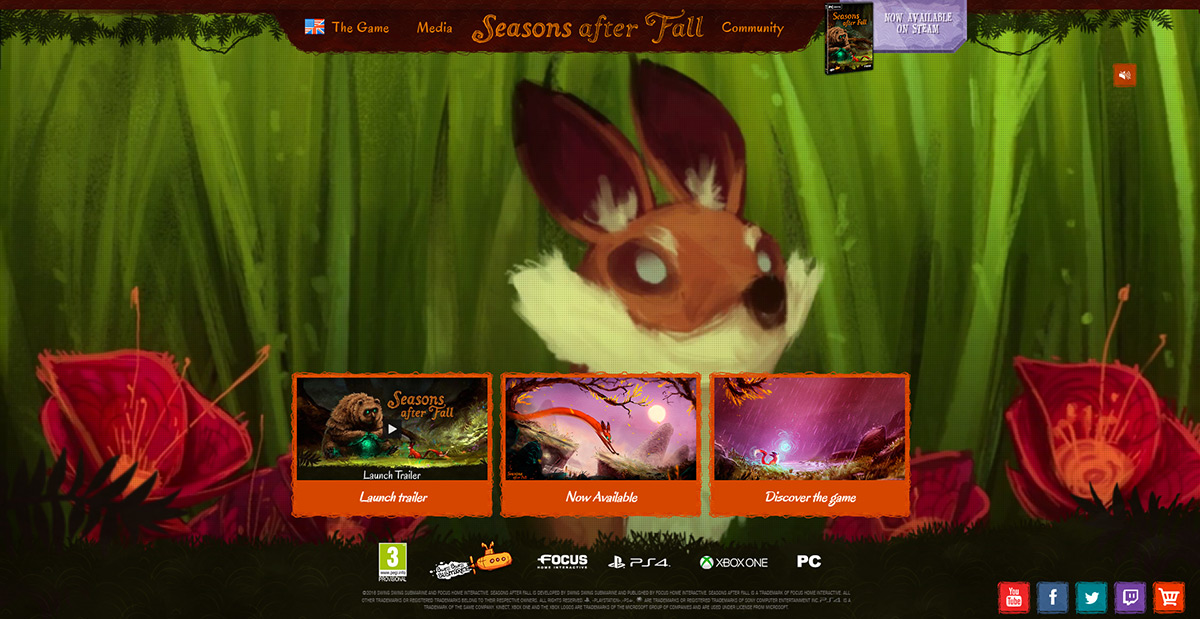
Step 5: Post weekly on the developer blog to engage the community
If you share interesting information, a developer blog is an important place for you to engage your community. Ghost of a Tale provides a great example of a captivating developer blog. The game’s creators explain how they overcame technical obstacles with the project.
This not only proves their expertise but is also very interesting to both developers and fellow players in that it shows their progress and can come up with ideas at the same time.
Creating your developer blog will require serious dedication, as you want to post regularly. It is said that you have to post a video or blog once a week for it to work.
But if you focus on quality, you tend to get more visibility and enhance your reputation. At the end of the day, most of your online traffic will come from a small number of pieces you’ve released.
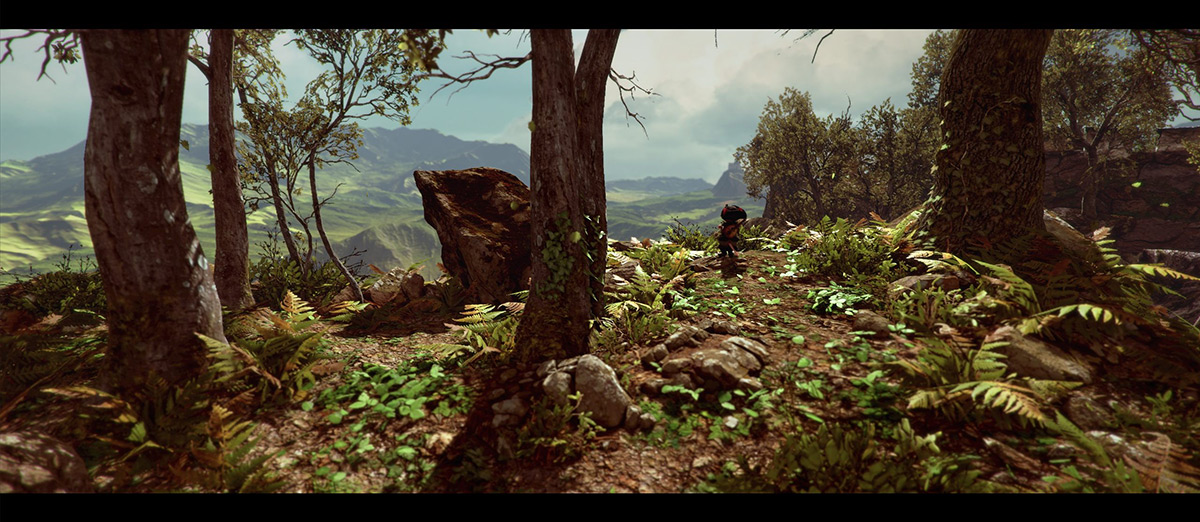
If you create articles that are longer and keep people interested, you can afford to publish them less often. If you only post once every 2 weeks or once a month, you can take the time to research ideas and get feedback from the community. This is another way to attract people.
Regardless of the amount of content you put out, you want to include images in your blog posts. A lot of people won’t read everything you write. They will just try to catch the news. You want to include a link to your blog in the main navigation of your site, and you should have an RSS feed and an email subscription so people are notified when there are new posts.
Last but not least, at the end of each blog post, include some calls to action. Maybe you want people to share the post. Please ask them to do so. People most likely won’t do it if you don’t ask, but some will be happy to help you if you do. And don’t hesitate to remind people when the game comes out and on what platforms they can pre-order.
It is important information people will want to know if they happen to be looking at the developer blog and reading to the end.
4. Conclusion for Game Marketing
In summary, Game Marketing or marketing for Game products needs to be invested and focused from the beginning, publishers and media advertisers for game products can refer to the strategies mentioned in the article. Hopefully, through the above article, CleverAds can help you somewhat in the process of starting to build a Game Marketing plan that is right for your business.

